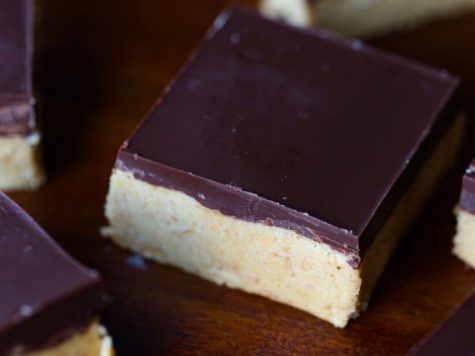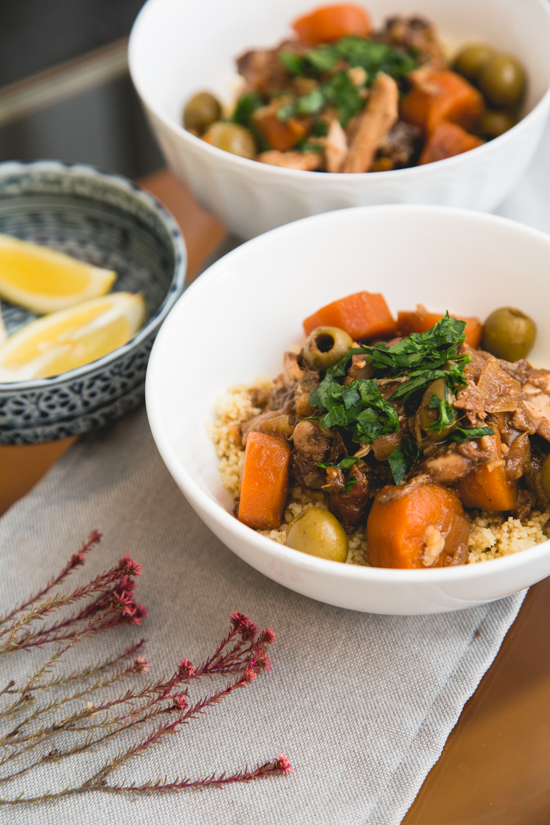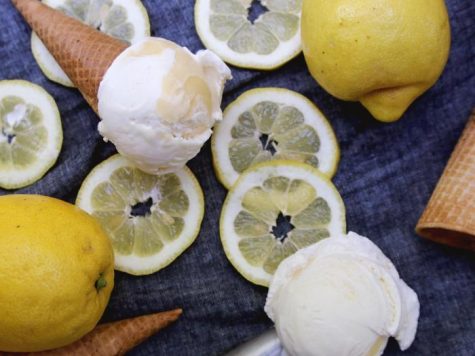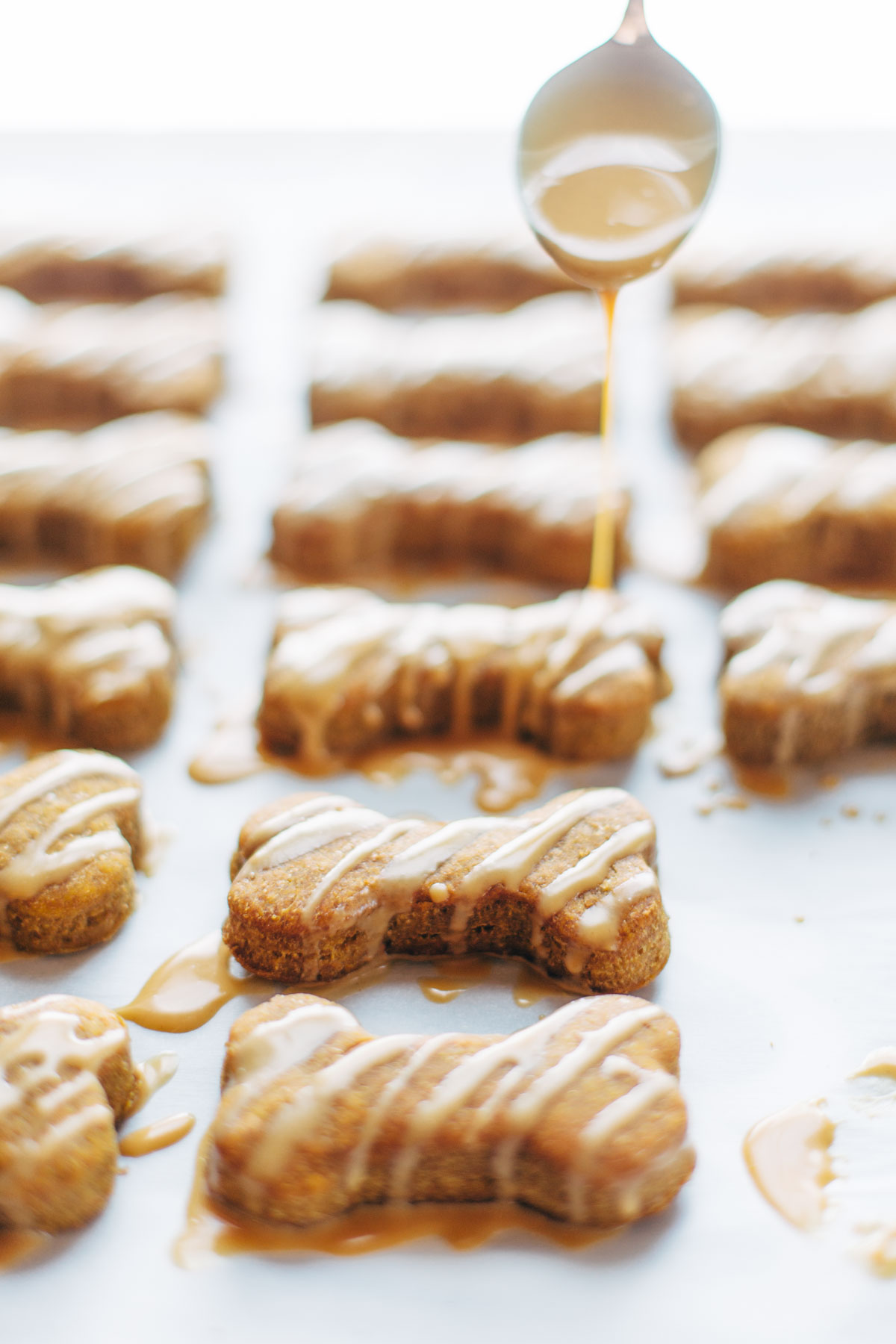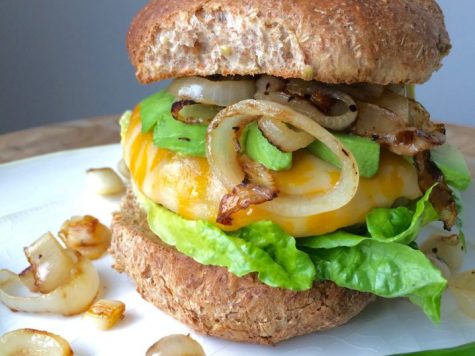Chef’s Table Pizza, the moment yeast and flour enthusiasts have been waiting for, has arrived. The Netflix series that changed how food and its protagonists are narrated, has finally turned the spotlight on the masters of the white art, worldwide.
Characters who have dedicated their lives to pizza, believing in a project and following a sometimes bumpy path: contemporary heroes who have left their mark on the gastronomic scene, passing through difficulty, fame, redemptions and satisfaction.
Engaging direction, impeccable photography and a focus on the lives of the pizza chefs told in their existential parables, a spiral of narratives interweaving biographies and food, family images and stills of pizzas and territories, are the ingredients of this beloved new series created by David Gelb and produced by Boardwalk Pictures and Supper Club (directed by Abigail Fuller, Clay Jeter, Aunt Mandviwalla and Brian McGinn). Among the leading masters of Chef’s Table Pizza is Franco Pepe, from Pepe in Grani in Caiazzo (Caserta), at the centre of an exciting, at times, moving episode.
The story of the master, who has worked so hard to change the perception and conception of the profession of ‘pizza maker,’ raising it to a higher level, is told starting from the family angle: the activity he inherited from his father, the gamble he takes on forging a new path, difficult moments, separation from his brothers and reconciliation, separation from his wife and loneliness. But also the tenacity in pursuing one’s own intent: to master a job considered ‘humble’ and bring pizza to the world of fine dining, without ever betraying one’s beginnings.
The dough is prepared strictly by hand, as per his father’s teaching, and there are ingenious inventions such as the ‘Margherita Sbagliata’, the enhancement of local ingredients such as curly tomato and Caiazzo olives, but also the nouvelle wave of fried pizza served in a cone, in addition to sweet pizza.
Watching the episode of Chef’s Table Pizza on Franco Pepe is moving: an emotion similar to the one you get when tasting one of his creations for the first time. “I am receiving messages from people who were touched by the episode from all over the world, from Australia to Colombia, but above all messages from young pizza chefs who said that the episode gave them the hope and enthusiasm to continue on their path. Then, some school leaders have explained to me that they want to bring the episode of Chef’s Table Pizza to schools, to send a message to young people, who can believe in dreams,” he says.
But what’s behind the big production of the cult Netflix series? We caught up with Pepe to find out more.
Chef’s Table Pizza: Behind the scenes with Franco Pepe
Photo Luciano Furia
How long does it take to shoot a 50-minute episode?
The crew arrived in Caiazzo at the end of July 2021 and stayed until mid-August: 20 days shooting, from 10am until 10pm. I must say that they did a lot of shots, a lot of the footage was cut, they synthesised many of the concepts, editing, cutting and pasting, between speech and images.
What was cut?
The shots of many producers who work alongside me were not seen in the final editing: for example, the entire part was cut in which I show Manuel Lombardi’s work, who has a company in Caserta that produces Conciato Romano. We had shot a lot of cheese-making scenes, as well as the countryside and grazing animals.
And then the master pizza maker recounts an amusing story…
I was very keen to bring my project on apricots to Netflix (an ancient variety of Vesuvius that Pepe recovered for the production of his Crisommola sweet pizza, based on Vesuvius apricots, with buffalo ricotta scented with lemon, hazelnuts and mint). But, since there were no apricots on the trees at the time, I had kept some in the fridge. In the episode of Chef’s Table Pizza, we see the apricot harvest, but in reality, I had to glue them onto the tree. This scene was shot 13 or 14 times.
How many were there in the Chef’s Table Pizza crew?
A team of 22 people came to Caiazzo from Los Angeles, but there were just as many in the United States, because – when they worked – there were two people who communicated directly with the Californian city, perhaps the writers. While the cinematographer, director, sound director and others were in Caiazzo.
How did the project develop?
It all started three years ago, but there was an ongoing two-year dialogue with the producer and the director: we had long calls, in which I talked about the territory, the producers, my life and everything else. Then, together, we agreed on the pizzas to prepare and how to explore them.
Where did the Chef’s Table Pizza crew stay and how did they manage the shoot?
They were always in Caiazzo, they stayed at Villa Ortensia. They were very professional and did some probing interviews, they were good, but then I learned that they had also called personalities from the world of gastronomy to ask questions about me … Maybe to verify the information and the truthfulness of my stories, they are very serious and professional. They have a really precise and schematic way [of working], just think that each scene was shot six or seven times, with different angles, then they wanted to choose the analysis laboratory for the swabs that they periodically did for the crew and my team. They even wanted to buy me the clothing to wear during the shoot, to choose the colours and the style, but then I wore the clothes that I usually use.
What was the most emotional moment during the filming of Chef’s Table Pizza?
When I took the Netflix troupe to meet my brothers, in the pizzeria where I started my professional career with them and my father: I hadn’t been there for a long time. I let the crew in, but then I went out during the interviews with my brothers because I didn’t want to influence them: it was a message for them, it was not my intention to interfere with what they would tell about me, about my path, about the separation. I wanted to be clean and clear, I wanted to accept everything that would emerge. In fact, I only listened to the utterances of my brothers when they edited the episode.
And the best memory?
My son Stefano and the memory of Stefano returning. He is the person to whom I have given my knowledge, in him, I place the trust of an extension of my project, together with my daughter Francesca, who has recently graduated from IULM and currently does our communication (everything that comes out on Franco Pepe is thanks to her). Both can represent the continuity of the project.








